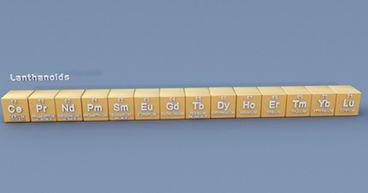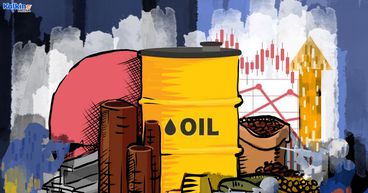Tin
33632.01 USD/Mt 1827.01 (5.74%) (Last updated - July 01, 2025 05:00 AM UTC )24350
24400
24545
23350 - 49400
2.16%
About
| Performance USD/oz | Change |
| 5 Day | 8.41% |
| 1 Month | 7.8% |
| 3 Months | 2.16% |
| 6 Months | 2.16% |
| 52 Week | 2.16% |
July 01, 2025 05:00 AM UTC
Data Powered by Stockdio. Data delayed by 5 minutes unless otherwise indicated.A relatively scarce element, tin is a soft silvery-white metal with high malleability and low melting point. It is highly rust-resistant as well as fatigue-resistant. Its abundance in the Earth’s crust stands at just 2 parts per million (ppm). This is comparatively low when related to 63 ppm for copper, 94 ppm for zinc, and 12 ppm for lead.
Tin ore exists as cassiterite (SnO2), the only mineral that holds commercial significance as a source of tin. However, tin in small quantities is also found in canfieldite, stannite, teallite, cylindrite, franckeite and other complex sulphides.
Applications
There are a number of applications of this soft, white metal. Tin has a great property of forming alloys with other metals, which makes it apt for wide-scale industrial applications. The metal is widely used in the production of tinplate, or as coatings for steel containers to prevent corrosion. Tin and its alloys are used for making solders, for bearing metals and as metallic coatings. Inorganic compounds of tin, such as Tin (IV) oxide are used in glazes and ceramics.
Organic compounds of tin are utilised in making pesticides, wood preservatives, plastics, and fire retardants. Molten glass is floated on molten tin to produce a flat surface of window glasses. Also, tin salts are used as sprays onto glass for making coatings which are electrically conductive.
Global mine production and reserves
As per data from the United States Geological Survey in January 2022, it is estimated that China and Indonesia had the highest mine production of tin in the year 2021. Also, China holds the highest tin reserves when compared to other countries across the globe.
The world resources for tin are extensive in western Africa, Bolivia, South-Eastern Asia, Australia, Brazil, Russia, and Indonesia.
Frequently Asked Questions
The industrial applications of tin have been widening across sectors over the last 10 years. Several markets, such as electronics, automotive, and housing, have stood as significant drivers for growing tin’s use worldwide. For instance, the usage of lead-acid battery tin has surged strongly in the last couple of years.
The usage of tin may amplify further in the coming decade with a fair blend of advance technologies and lesser number of compliance restrictions.
Majority of the world’s economic tin resources is located in China and other Asian countries, as well as Africa, Brazil, Peru, Bolivia, etc.
Australia is also a prominent producer of tin concentrates. The Renison Bell mine in Tasmania is one of the largest underground tin mines in the world and accounts for over 85% of the country’s economic tin resources. Few of the other tin mines are located in Western Australia and Queensland.
Aluminium, plastic, glass, paper, or tin-free steel can be used as substitutes for tin in containers. Also, materials, such as epoxy resins can be used as a tin substitute for
- Solders
- Aluminium alloys
- Plastics for bearing metals that contain tin
- Alternative copper-base alloys, and plastics for bronze, and
- Compounds of lead and sodium for some tin chemicals
Traditional transparent conductive oxides, such as indium tin oxide (ITO) are used in making laptop screens, thin-film solar cells as well as smartphone displays. However, there is a need to replace it with a substitute because of its scarcity and increased price. This is being replaced with recyclable electrodes, which are developed through an economical fabrication process.
An important potential source for supply of tin is electronic waste (e-waste). It is estimated that around 50,000 tonnes of tin can be recovered in a year. However, several hindrances related to collection and processing can hamper the desired recycling rate.
Overall, recycling tin is an economically viable activity. For tin products, the average recycled content is measured as its ‘Recycling Input Rate’ (RIR). In the year 2019, the RIR of tin was calculated at 30%, while re-refined tin amounted to 17% of total tin use. The value of RIR has been ranging from 30 to 35% in last 10 years, as per the International Tin Association (ITA).





